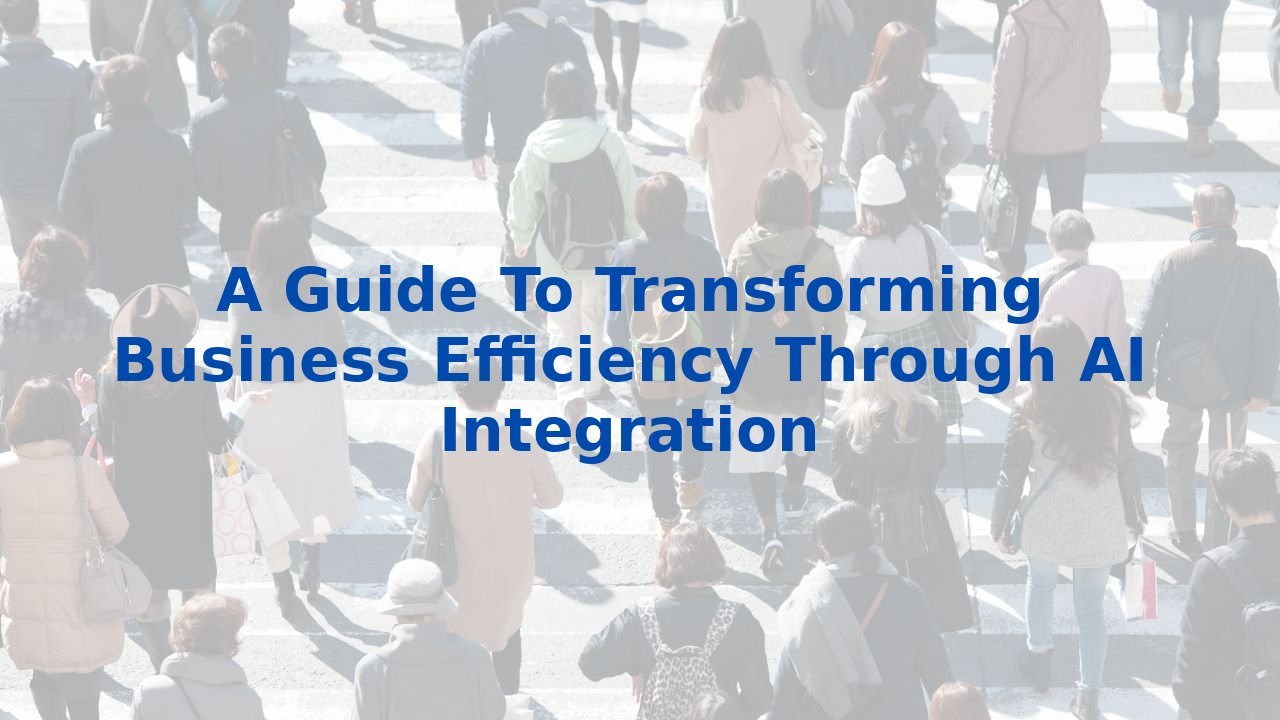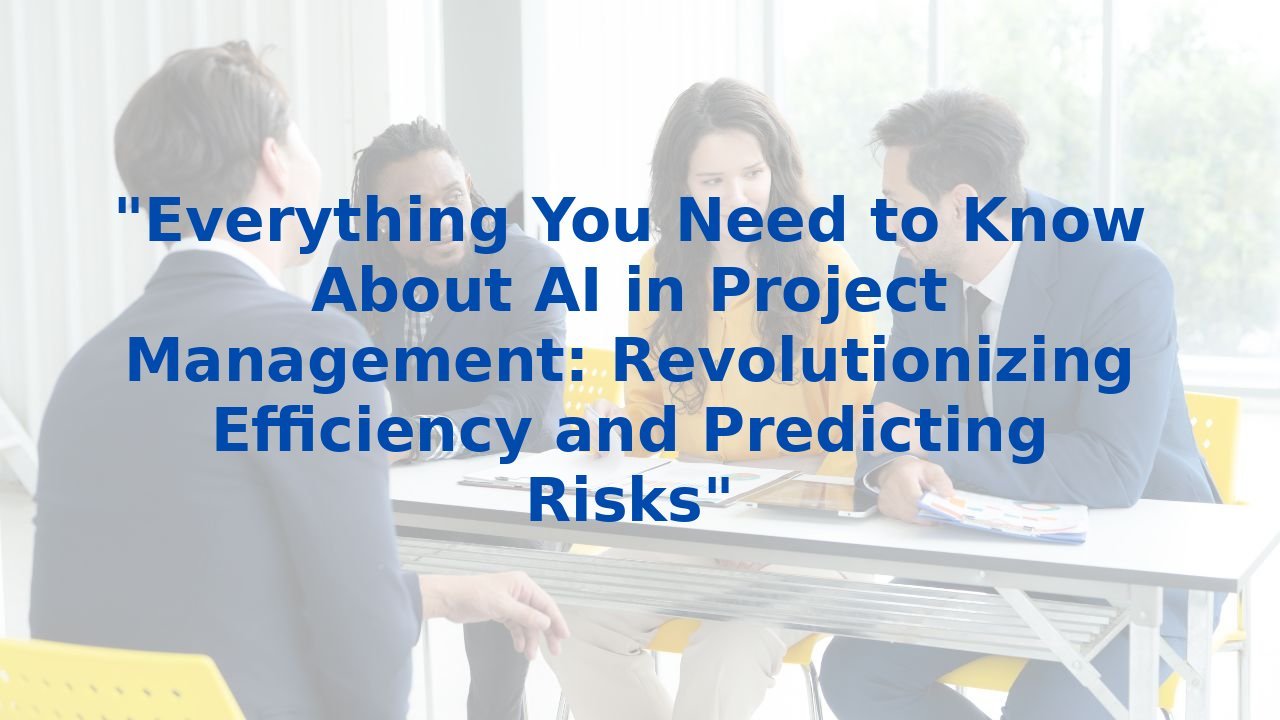A Guide To Transforming Business Efficiency Through AI Integration
Enhancing Business Processes with AI: A Guide to Improved Efficiency
In an era where the demand for speed, efficiency, and productivity is higher than ever, organizations are keenly exploring avenues to optimize their operations. One of the strongest allies in this quest is Artificial Intelligence (AI). By seamlessly integrating AI within your organizational framework, you unlock a myriad of opportunities to enhance business processes significantly. In this guide, we will delve into the various ways AI can enhance operational efficiency while emphasizing the importance of employee training in this transformative journey.
1. Task Automation: The Backbone of Efficiency
At the forefront of AI's role in optimizing business processes lies the ability to automate repetitive tasks. This automation not only saves precious time but also minimizes human error—a win-win for any business striving for operational excellence. Imagine a customer service scenario where chatbots efficiently address customer inquiries, paving the way for human representatives to tackle more complex and nuanced concerns. Tasks like data entry, document summarization, and form population become streamlined, allowing human talent to focus on what truly matters: strategic thinking and problem-solving.
2. Enhanced Communication and Collaboration
In any organization, effective communication acts as the bedrock of collaboration. AI fosters seamless communication through automation, ensuring that routine messages are sent, and relevant information is readily shared among team members. Further enhancing this dynamic, AI tools can analyze schedules intelligently, factoring in availability and priorities to suggest optimal meeting times. This not only invigorates communication but also fortifies teamwork, creating an agile and proactive workplace culture.
3. Optimized Resource Allocation
The ability of AI to assess skills, availability, and project requirements is revolutionary. By intelligently distributing workloads, AI can ensure that the right resources are assigned to the right tasks, thus maximizing productivity. The meticulous optimization of resources diminishes bottlenecks, enhances efficiency, and promotes a more harmonious working environment where teams flourish.
4. Predictive Analytics and Decision-Making
AI transcends mere task automation and enters the realm of strategic guidance through predictive analytics. By sifting through historical data and uncovering patterns, AI equips organizations with the foresight needed for informed decision-making. This data-driven approach is vital for forecasting market trends, identifying growth opportunities, and effectively mitigating risks.
5. Improved Data Insights
Navigating complex data landscapes can be a daunting task for many organizations. Here, AI shines by distilling data into actionable insights without requiring specialized expertise. With AI's analytical capabilities, employees gain the ability to enhance customer service strategies, subsequently informing marketing and advertising campaigns aimed at targeted audiences. Understanding customer behavior is no longer a guessing game but a science driven by AI.
6. Enhanced Safety and Reliability
AI's application extends beyond productivity; it’s also a powerful tool for ensuring safety in the workplace. By automating hazardous tasks and monitoring workforce conditions (like fatigue levels), AI cultivates a safer environment. This not only safeguards employees but also promotes a culture where safety is prioritized, laying the groundwork for innovation and efficiency.
The Benefits of Training Your Employees for AI
While AI holds immense potential, the successful integration of this technology heavily relies on the proficiency of your workforce. Training employees to operate AI tools effectively provides numerous advantages:
- Adaptability: Equipping employees with AI skills enhances their ability to navigate new technologies and processes, making them invaluable to the organization.
- Efficiency: Proficient employees leverage AI capabilities to automate tasks, allowing them to redirect their focus toward high-level responsibilities.
- Decision-Making: Well-trained employees can synthesize insights derived from AI, empowering them to make better-informed decisions that drive growth.
- Innovation: By understanding AI’s limitations and strengths, employees can pioneer innovative applications of AI in their workflows, markedly enhancing productivity.
Conclusion
In summary, the integration of AI within your organization's processes serves as a catalyst for enhancing efficiency. By automating tasks, optimizing resources, and providing profound insights, AI emerges as an essential tool for companies looking to thrive in a competitive landscape. However, the journey doesn't end with technology; it extends to empowering your workforce through comprehensive training. When employees are well-equipped to harness AI's benefits, you can unlock its full potential—creating a vibrant and innovative ecosystem that propels your organization towards future success.
If you're ready to explore the transformative effects of AI on your business efficiency, consider embarking on the journey by training your employees. Discover the possibilities waiting to be unlocked by AI integration, and witness your organization thrive through intelligent innovation.



